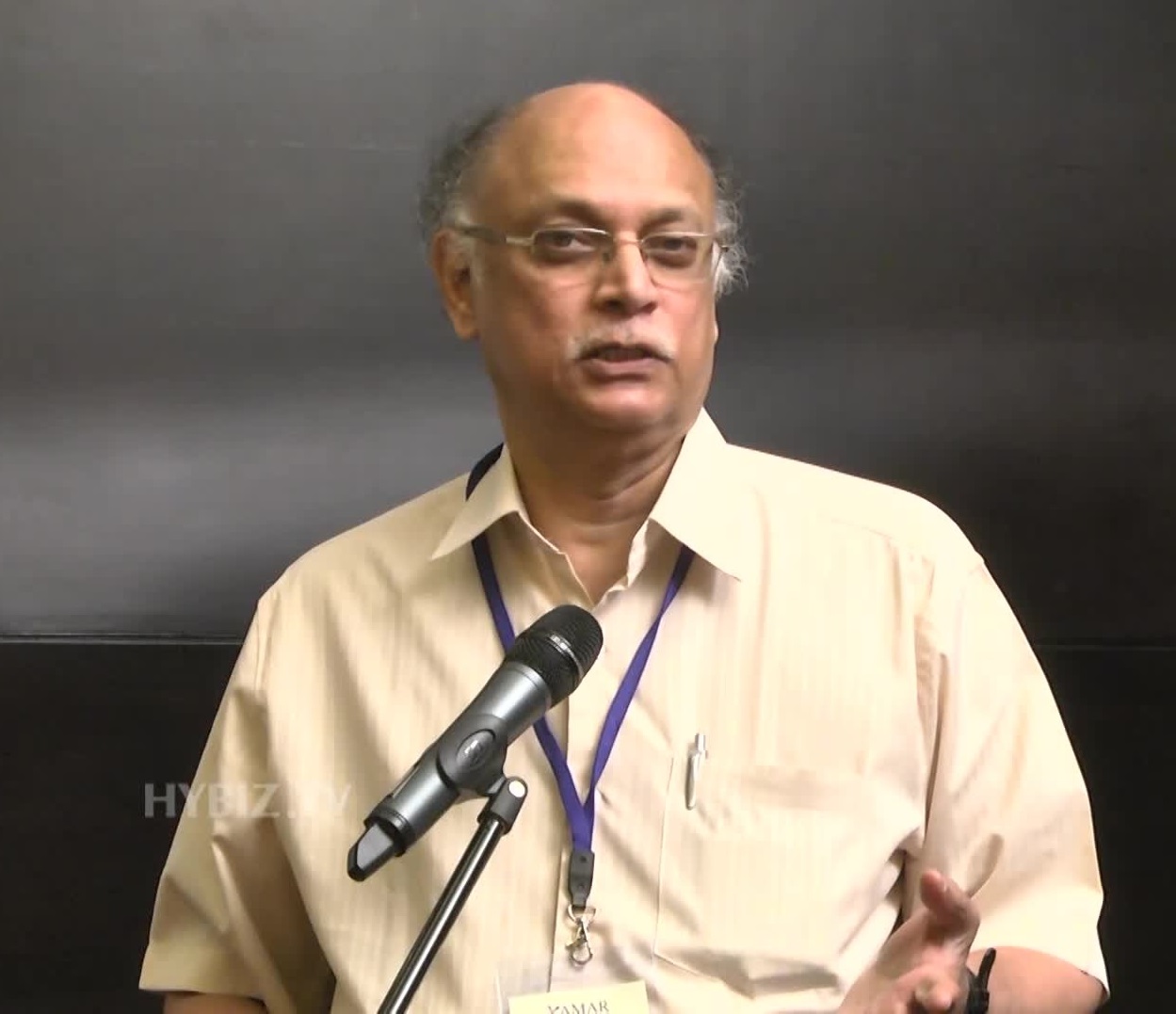Interviewing NGOs
Interviewing regulatory authorities
Dr. Sesikeran, former chairman of RCGM (Review committee on Genetic manipulation- India), former director of NIN (National Institute of Nutrition). He was one of the prominent persons involved in approving of GMO related research/products in india. He was kind enough to have a conversation with us through mobile phone. He was answering our questions in both ethical and technical ways. (Read more- link to questions)
Questions put forth: 1. How do you ensure the reliability of GMOs as genetic modifications are uncertain and can possibly affect the genetic makeup of them/other interfering organisms? Ethics: In earlier days also genetic manipulations were done in labs which involved getting random mutations by radiation. Now better technologies to specifically modify a gene have been developed which is surprisingly becoming more questionable among the society. Artificial human insulin which is saving the life of many diabetic patients is also a product of a GMO which has not got into any heated debates. With this we can understand the scope of genetic engineering techniques to the mankind and should deal with things more scientifically. [The basic tests done to ensure the stability of the gene in an organism is discussed in the following questions]. Talking about ‘jumping of genes’ or horizontal gene transfer from one organism to another, it is a theoretical phenomenon (observed in labs between microorganisms) which is not observed practically in crop fields.
2. How the effect of GMOs on the environment such as soil and other flora and fauna is estimated? Ethics: Some of the foreign countries have grown GM crops for years and have not been reported with any considerable harmful effects. This gives us the motivation to start with the discussion of conducting field trials to assess the long term effects in India. As part of regular approval process extent of pollen transfer, soil nutrition analysis, effect on useful bees and insects and so many other tests are performed in confined fields. Before going into analyzing the effects on soil, the crop is grown for 3-4 generations for achieving gene stability of the inserted gene in a location. Multi Location studies are done. GEAC seeks data of two levels of biosafety research trials for 3 crop season in different locations (usually 15 locations- [5 locations per crop season*3]). For one location only one trial is conducted.
3. If somebody comes up with an effective new GM crop with certain benefits, they also come with unknown risks so could you please comment on the risk-benefit analysis being done to get to a conclusion before proceeding with the research? Ethics: Frequent usage of mobile phones has the potential hazard of leading to brain tumors but still it is introduced and used by almost all as the percentage of risk associated is very less. Here the benefits outweigh the risks. We analyze the risks associated with an organism by looking at things like whether it has got a foreign protein due to modification. ‘Compositional equivalence’ (compositional analysis with the non GM counterpart) is done to ensure that gene modifications and not leading to secretion of any other hazardous proteins. Other studies like ground water pollutant level, toxicity analysis is also done to ensure safety. We go further and approve a crop if the benefits of it outweigh the possible risks which are highly improbable.
4. As farmers are the main gain takers of GM crops with its comparative high yield, how do you ensure that they are well aware about what they are cultivating?
Krishi vigyan kendras (kvks- http://krishi.icar.gov.in/Index.jsp) are set up to aware the farmers and provide them information about seed variety, kind of insects attacking a particular crop, and many field demonstrations.
5. We also spoke with members of Gene campaign and Asha, one of their main concerns was there are other safe cultivation methods which could be effective if implemented properly. Please comment on the necessity of GM crops. Other yield increasing cultivation methods involve hybrids where random characters are mixed and getting our favourable character is uncertain. It is time consuming and not efficient. No other methods have produced insecticidal and high yielding crops like GM technology.
6. How do you tackle insect developing resistance to the crop’s killing nature due to insecticidal crops? Ethics: This problem of insects developing resistance is existing from olden days even with use of pesticides. Only a small population of the insects were found to develop resistance and there comes an issue if they start to transfer those genes either horizontally or vertically. One of the effective ways is to cultivate a very small percentage of non-bt crop over the perimeter of the land where bt crop is cultivated. Thereby reducing the chance of resistant genes being transferred to large part of the population. This method was found effective and other methods like using a small percentage of pesticides is also done.
7. As 70% of the population of india is involved in agriculture, should patenting of crops be promoted? Ethics: This is still under discussion where a balance should be made between protecting the intellectual rights of an innovator and the farmers from paying high amount of money for their seeds. If patenting is allowed, at first, GM seeds will be comparably costlier than non- GM but it is expected as it’s output are comparatively high. Talking about reduction in efficiency levels in some areas of india (Bt cotton issue), GM crops are highly target specific. It kills only certain species of insects. It might not be effective in certain locations as the pests might vary.
The talk was very informative and it helped us in explaining to the public about GMOs in an effective manner.
Educating Farmers and public


